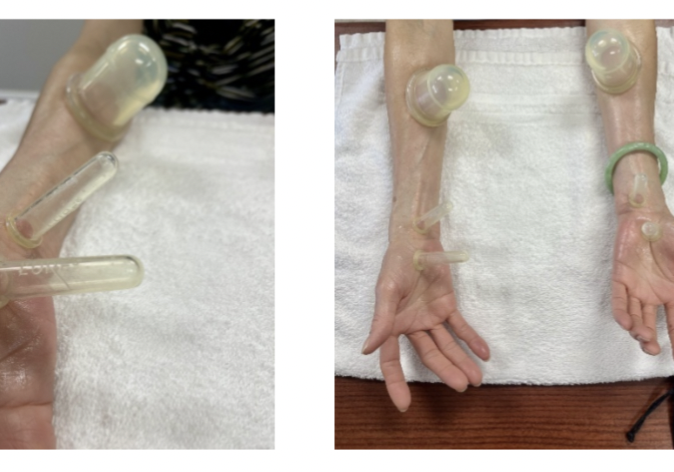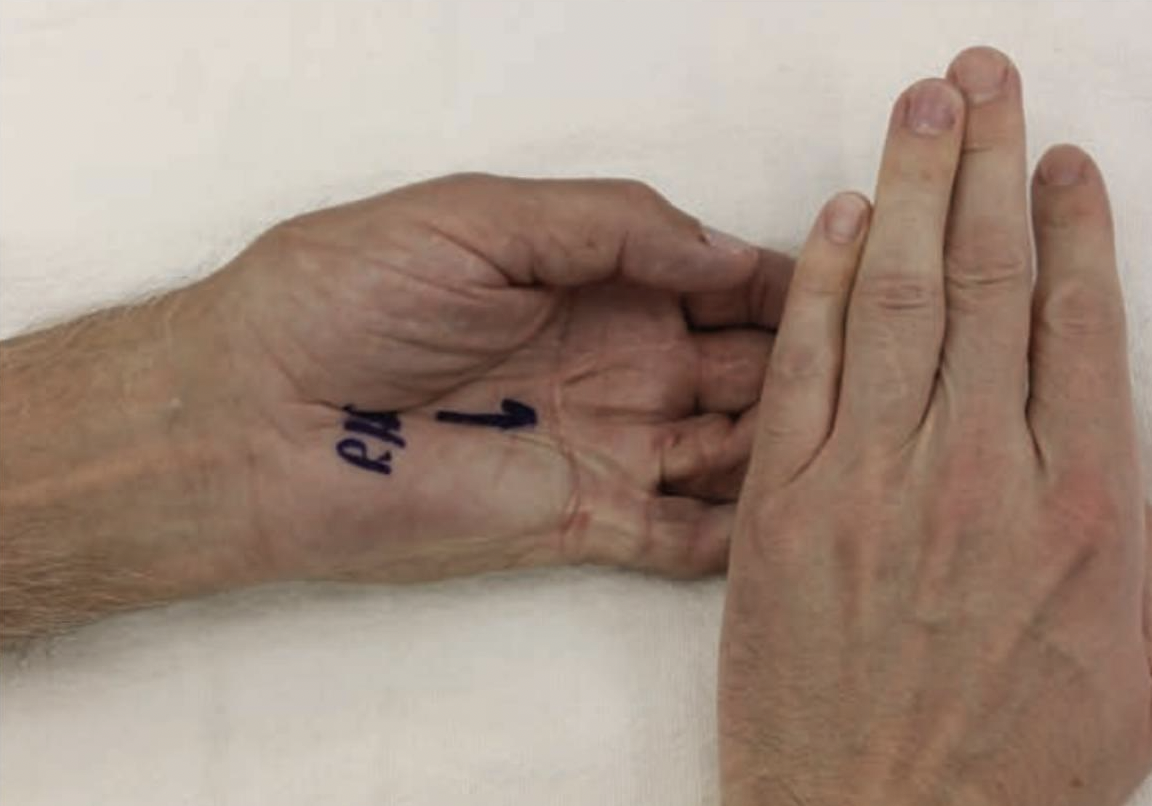Hand Therapy Interventions for Distal Upper Extremity Injuries and Conditions
Filed under Business of Therapy
Takata, S.C., Wade, E.T., & Roll, S.C. (2019). Hand therapy interventions, outcomes, and diagnoses evaluated over the last 10 years: A mapping review linking research to practice. Journal of Hand Therapy, 32(1), 1–9.
Written by Brittany Carrie
The Skinny
Approximately 26.9% of orthopedic injuries and disorders of the upper extremity occur worldwide. Injuries are most often a result of overuse and trauma which can greatly impact an individual’s quality of life by affecting participation in meaningful occupations such as play, work, or leisure activities. With efforts to restore function and increase quality of life, hand therapy is used to encourage the achievement of positive outcomes and is endorsed through the use of evidence-based practice. Fortunately, there is a wealth of available research covering upper extremity injury rehabilitation to promote the use of evidence-based practice; however, most studies include information from a body function and structures perspective in comparison to an activities, participation, or environmental perspective.
In order to identify more recent and available practice techniques, a mapping review can be used to assess gaps in the literature and guide research priorities. In the field of hand therapy, hand therapy clinicians may benefit from the use of a comprehensive review of current practice patterns in order to carry out the best form of quality treatment and care. The following study is a mapping review that aims to provide hand therapy clinicians with identified gaps and research priorities based on evidence of current literature on the treatment of distal musculoskeletal disorders. Questions addressed throughout the review include level of evidence, location of published studies, author, outcome measures used, and types of interventions among others.
In the Weeds
Authors of this study performed a comprehensive review using PubMed, CINAHL, and SPORTDiscus. Articles considered provided information related to interventions for distal upper extremity musculoskeletal disorders published between January 2006 and December 2015 in English only. The search yielded 9,079 results which was further reduced to 1010 abstracts after initial screening. Further analysis of abstracts led to a full-text review of 283 abstracts. Only 191 articles met the full inclusion criteria which included the involvement of a musculoskeletal or orthopedic condition of the distal upper extremity and discussion of interventions that lie within the scope of hand therapy. Articles were excluded if they provided information related to treatment for conditions not specific to the distal upper extremity, considered validity or reliability in a controlled laboratory setting, or involved interventions used outside the scope of hand therapy.
Findings of the study show increased publications between the years 2006 and 2013, and a sharp decline in publications in the year 2014 indicating the need for further studies to be conducted to provide more up-to-date practice standards and evidence-based treatment. Furthermore, majority of the studies (65%) were conducted in North America and European countries which limits the diversification that improves the global advancement of hand therapy practice patterns.
Further findings demonstrate current evidence is heavily focused on tendon surgeries, osteoarthritis, and carpal tunnel syndrome. While it is important to continue to expand on these specified areas, it is also imperative to build evidence for the treatment of other conditions such as arthroplasty, nerve injuries, transplants, and amputations. Only 3.3% of the articles discussed these conditions. Lack of evidence in these areas suggests the need for further research concerning interventions and outcomes. Figure 1 represents the number of articles providing information related to treatment type.

Fig 1. Representation of total number of articles related to musculoskeletal disorder. White indicates less than 5 studies.
In addition, there is a lack of evidence for manual therapy and activity-based interventions. Findings from this review show a strong source of evidence for orthotic, education, and exercise interventions. Given that activity-based interventions are central to the practice of occupational therapy, it is suggested that research aim towards providing evidence-based practice for activity-based interventions as well as functional performance and activity-based outcome measures. Lastly, there is a gap in the literature for measuring quality of care outcomes. Less than 20% of the articles presented information on quality of care which is crucial as the delivery for cost-efficient high-quality care continues.
Bringing it Home
This mapping review was performed to assess current trends for interventions, outcomes, and diagnoses over the last 10 years in the field of hand therapy. Studies show there are greater numbers of articles pertaining to carpal tunnel, osteoarthritis, and tendon injuries and limited information for more involved injuries such as amputations, transplants, arthroplasty, and nerve injuries. Additionally, there is a lack of evidence for activity-based and manual therapy interventions in the field of hand therapy. Thus, more research is needed to provide information related to activity and function-based interventions in addition to more involved conditions.
The authors did a nice job of showing the need for further research and in what areas of application. It is also interesting to see the limited research in the field of manual and active based therapy. Due to the article review only focusing on the upper extremity, it would be interesting to see if there were similar deficiencies in lower extremity literature.
More To Read
Therapeutic Interventions and Contraindications of Cupping
By Kaylen Kallander Cupping therapy is used to apply negative pressure to a localized area of muscular or neurological pain to relieve nerve pressure and increase blood flow to an affected area. This modality is commonly used for athletes, but is also a frequent treatment in physical therapy, occupational therapy, or hand therapy. While cupping…
Read MoreThumbs up for treating thumb pain in the hand therapy clinic
What do “Mommy’s thumb,” “gamer’s thumb,” and “radial styloid tenosynovitis” have in common? They are all officially called de Quervain’s tenosynovitis De Quervain’s involves the tendons within the first dorsal compartment, abductor pollicis longus (APL) and extensor pollicis brevis (EPB) and arises when the tendons are inflamed and are not able to move through the…
Read MoreDiscovering Connections Between Trigger Finger and Dupuytren’s
Discovering Connections Between Trigger Finger and Dupuytren’s By: Tayer Roost Reference: Yang, Gehring, M., Bou Zein Eddine, S., & Hettinger, P. (2019). Association between stenosing tenosynovitis and dupuytren’s contracture in the hand. Plastic and reconstructive surgery. Global open, 7(1), e2088–e2088. https://doi.org/10.1097/GOX.0000000000002088 The Skinny: This retrospective chart review discussed the possibility of a correlation between stenosing…
Read MoreSign-up to Get Updates Straight to Your Inbox!
Sign up with us and we will send you regular blog posts on everything hand therapy, notices every time we upload new videos and tutorials, along with handout, protocols, and other useful information.





